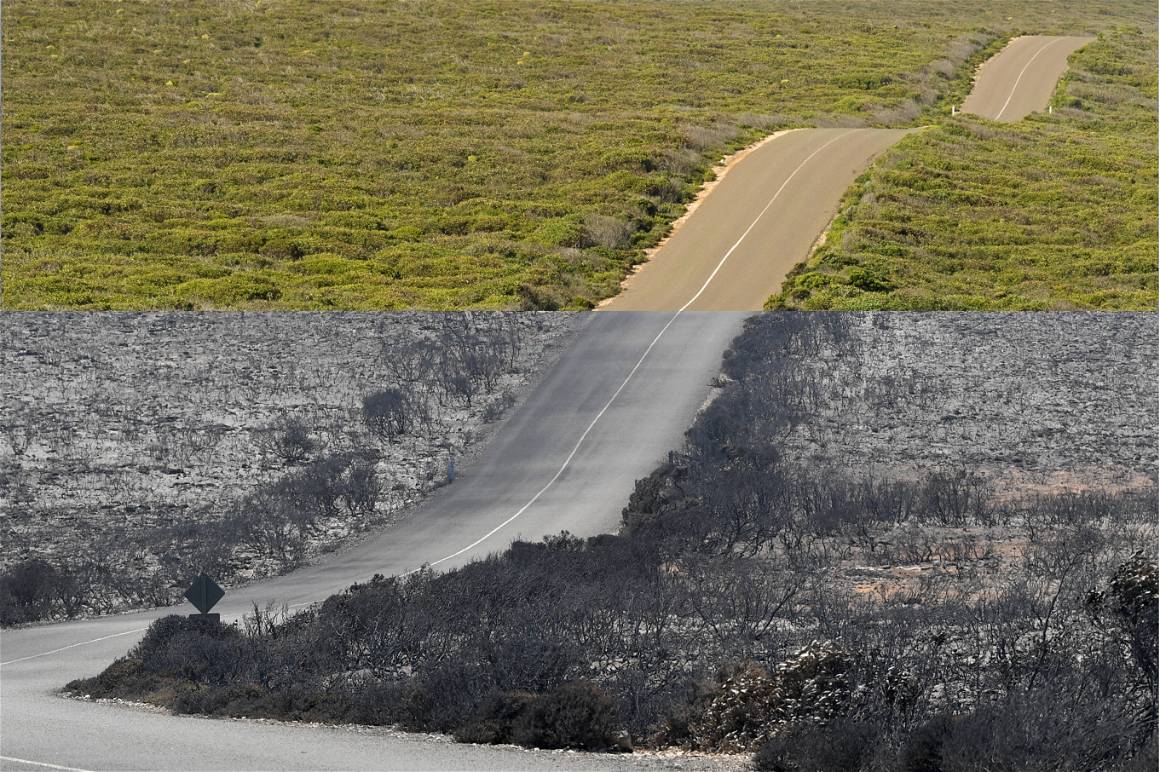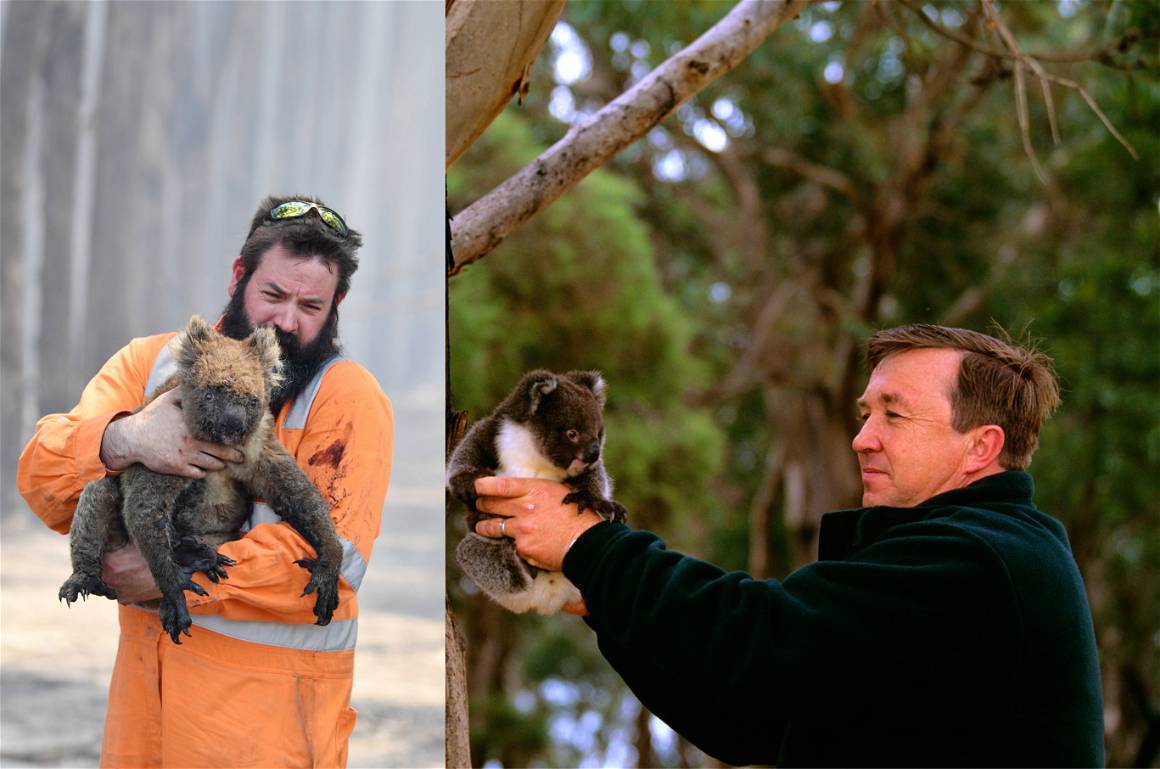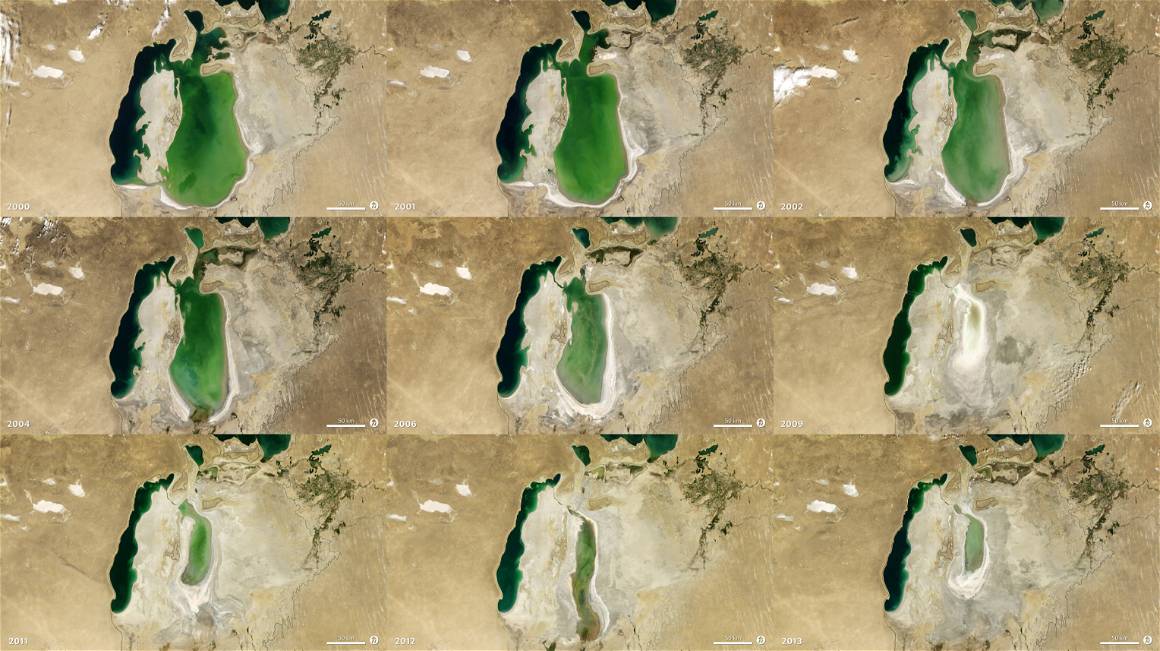Observe how climate change and human activities have altered environments throughout the world as captured by IMAGO photographers.
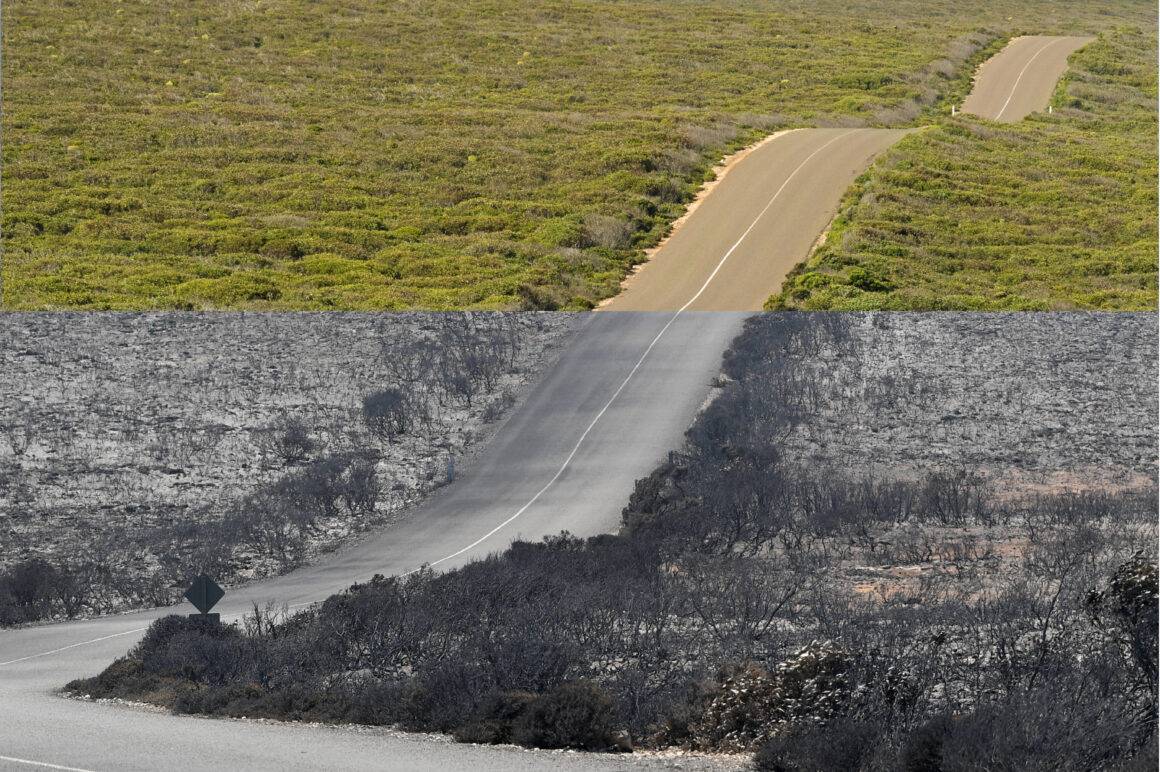
Capturing the Impact: Images of Climate Change and Human Activities
Images of Climate Change and Human Activities: Extreme weather events, rising sea levels, wildfires, loss of biodiversity, and many more: Climate change is one of the most critical challenges that our planet faces today. From coral reefs turning white and dying due to ocean acidification to forests becoming more vulnerable to wildfires due to prolonged drought, the impact of climate change is increasingly visible across many regions of the world.
However, human activities are one of the primary drivers of climate change and have greatly exacerbated its effects. Activities such as burning fossil fuels, deforestation, and overusing water for industrial agriculture trap heat in the Earth’s atmosphere and cause the planet to warm. This warming has led to the melting of ice caps, rising sea levels, and the intensification of extreme weather events such as hurricanes, heat waves, and wildfires.
The consequences of climate change are staggering, with potentially devastating impacts on human societies and ecosystems. In this article, we will explore some of the locations that have been affected by climate change and human activities, as seen through the cameras of IMAGO’s photographers worldwide.
The Life of Lake Urmia, Iran
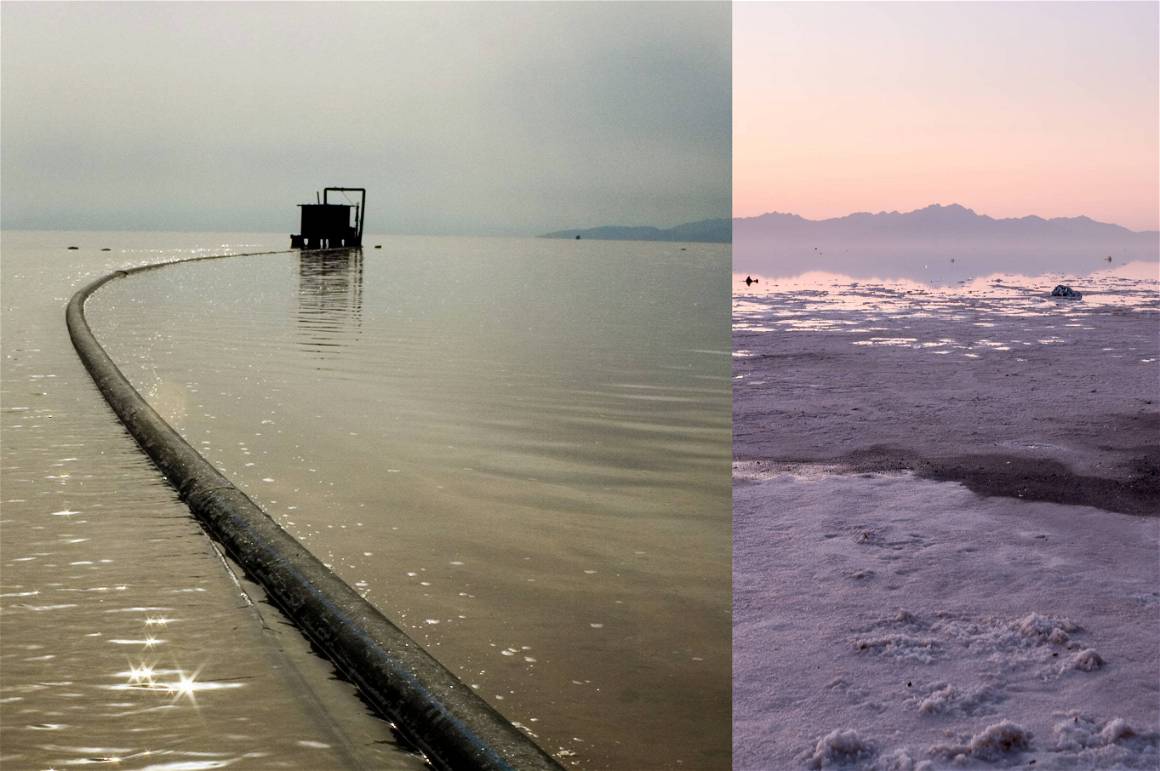
There was a day when Lake Urmia was one of the largest salt lakes in the world and a crucial ecosystem for the surrounding region. But this has changed in recent years. In the last two decades, the lake has suffered from a devastating drought, threatening the livelihoods of many people and the local environment.
The lake, located in the northwest of Iran, has been shrinking rapidly since the early 2000s, with a 90% decrease in its water volume over the last two decades. This drastic decline is due to a combination of factors, specifically mismanagement.
The drought has also caused environmental damage to the region. As the lake dries up, the exposed salt flats and drylands have contributed to dust storms, which pose health risks to the local population. Furthermore, the loss of the lake’s water has disrupted the ecosystem, leading to the extinction of several species of birds and animals that once relied on the lake for their survival.
The Aral Sea, Kazakhstan and Uzbekistan
The Aral Sea, once one of the world’s largest lakes, is now a desolate wasteland in Central Asia. Human activities and climate change are to blame for the Aral Sea disaster. In the 1960s, the Soviet government diverted the two rivers that fed the Aral Sea to irrigate cotton fields, leading to a drastic reduction in the lake’s size. Climate change also played a role in the disaster, as the region’s already arid climate was exacerbated by rising temperatures, leading to increased evaporation rates.
The consequences of the Aral Sea disaster have been devastating for the people and wildlife of the region. Fishing villages and ports that once thrived along the lake’s shores now lie abandoned, and the once-booming fishing industry has all but disappeared. The region’s ecosystem has been decimated, and the dust and salt blown from the dried-up lake bed have led to increased rates of respiratory diseases and cancers in the surrounding communities. The Aral Sea disaster is a prime example of how human activities and climate change can have far-reaching and long-lasting consequences on the environment and human health.
Efforts to restore the Aral Sea are underway, but progress has been slow. Climate change continues to be a threat to the region, as rising temperatures and decreased rainfall make it difficult to maintain the lake’s water levels.
Melting Ice Caps, Antarctica

Antarctica, the coldest and most isolated continent on Earth, is experiencing ice melting. The ice sheets in Antarctica are melting at an alarming rate, contributing to rising sea levels and posing a major threat to coastal communities around the world.
The primary cause of Antarctica’s ice melting is global warming. As temperatures continue to rise, the ice sheets in Antarctica are becoming more unstable, resulting in increased melting.
Rising sea levels pose a significant threat to coastal cities and low-lying islands around the world, endangering millions of people. The melting ice is also affecting the planet’s climate by disrupting ocean currents and weather patterns. Furthermore, the loss of ice is having a profound impact on Antarctica’s unique ecosystem, affecting everything from penguin populations to krill and other marine life.
Human Activities Threaten the Amazon
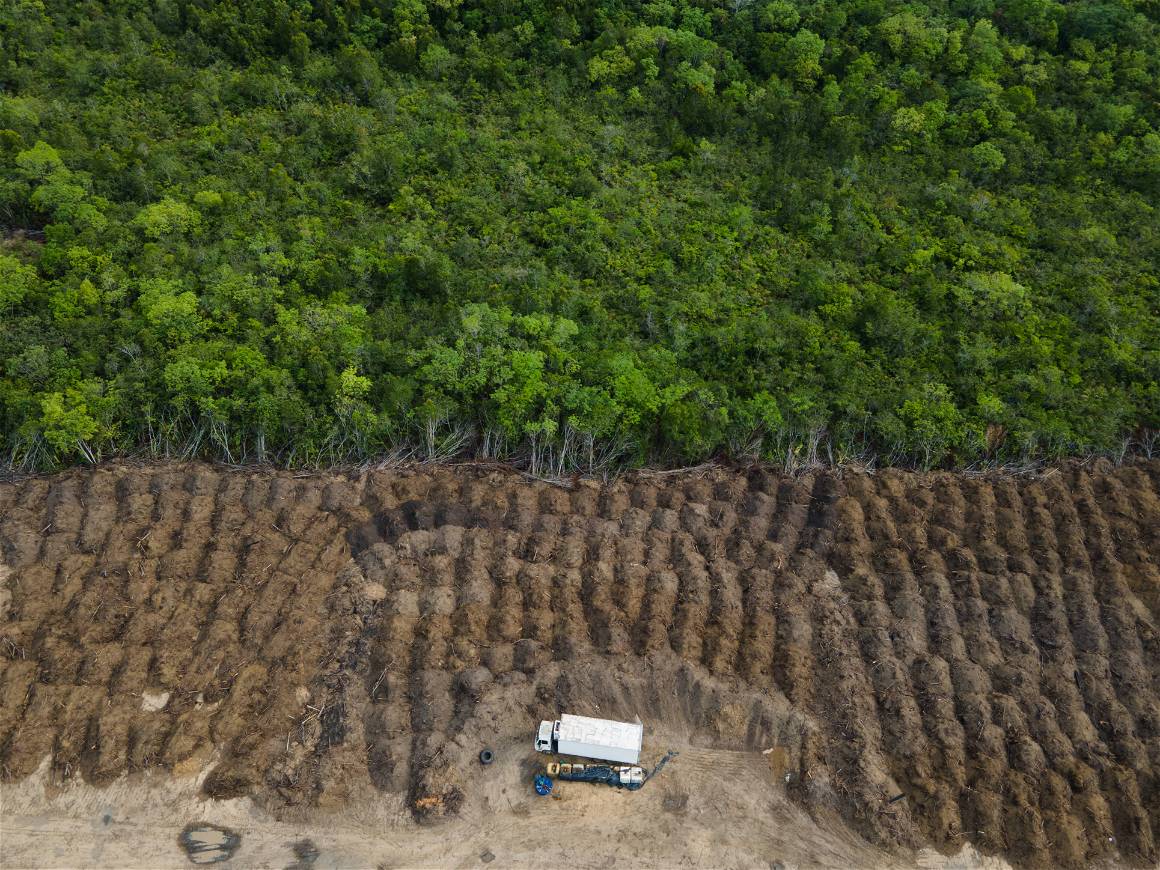
The Amazon rainforest, or the “lungs of the planet,” is one of the world’s most important ecosystems in our planet, teeming with life both within its lush interior and its surrounding areas. Inside the dense forest, a vast array of plant and animal species thrive in an intricate web of ecosystems that sustain life on a grand scale. However, over the past few decades, the region has suffered from extensive deforestation, primarily driven by human activities such as agriculture and cattle ranching. This rampant deforestation has significant consequences for the environment and global climate change.
In recent years, the clearing of the Amazon rainforest has resulted in a significant loss of biodiversity, habitat destruction, and soil degradation. The destruction of the Amazon’s natural resources has led to the extinction of many plant and animal species, which has a cascading effect on the entire ecosystem. Additionally, the loss of vegetation cover in the region has led to an increase in soil erosion, causing problems such as landslides and flash floods.
One of the most significant consequences of deforestation in the Amazon rainforest is the impact of global climate change. The Amazon rainforest plays a crucial role in regulating the world’s climate by absorbing large amounts of carbon dioxide and producing oxygen. However, the clearing of the forest leads to the release of carbon dioxide into the atmosphere, exacerbating the effects of climate change. Moreover, the reduction in the forest’s ability to produce oxygen also affects the local climate, leading to higher temperatures and drier conditions.
Climate Change and the Black Summer: A Wake-Up Call for Australia

The Black Summer in Australia resulted in roughly 18 million hectares burnt, millions of animal deaths, over 5900 structure fires, 34 human deaths, and other severe consequences.
The summer of 2019-2020 was a devastating period for Australia, as the country faced one of its worst wildfire seasons in history. The fires, which became known as the Black Summer, raged across the country for months, destroying homes, killing wildlife, and claiming human lives. The fires were fueled by a combination of factors, including extreme heat, prolonged droughts, and high winds, creating perfect conditions for the fires to spread quickly and intensely. The scale of the disaster was enormous, with over 18 million hectares of land burned, which is equivalent to roughly 7% of the entire land area of Australia, more than a billion animals affected, and 34 human lives lost.
Climate change played a significant role in this disaster, as rising temperatures and prolonged droughts created the perfect conditions for wildfires to spread quickly and intensely. Australia’s climate has always been characterized by extreme weather patterns, including droughts and heat waves. However, scientists have found that climate change has made these events more frequent and severe. The rising temperatures have caused more evaporation, leading to drier soils and vegetation, which are more susceptible to catching fire. Moreover, the warmer air holds more moisture, which creates more thunderstorms and lightning strikes, another major cause of wildfires. Experts are concerned that climate change may fuel more intense grass fires in Australia in the summer of 2023 and 2024.
California’s Wildfires: The Human-Caused Catastrophe Fueled by Climate Change

Wildfires are nothing new to California’s woods, but there has been an alarming rise in the intensity and frequency of these fires over the last decade. While wildfires have always been a natural part of California’s ecosystems, human activities and climate change have played a significant role in exacerbating the problem. The combination of a warming climate, prolonged droughts, and an increasing population has created the perfect conditions for catastrophic wildfires to occur.
The consequences of California’s wildfires are far-reaching and devastating. Homes and communities are destroyed, and lives are lost. The air quality in the region becomes hazardous, causing respiratory problems for millions of people. The fires also have significant economic impacts, costing billions of dollars in damages and firefighting efforts. Additionally, the loss of forests due to fires can exacerbate climate change, as forests are essential carbon sinks that help regulate the global climate.
Polar Bears: Survival at Risk
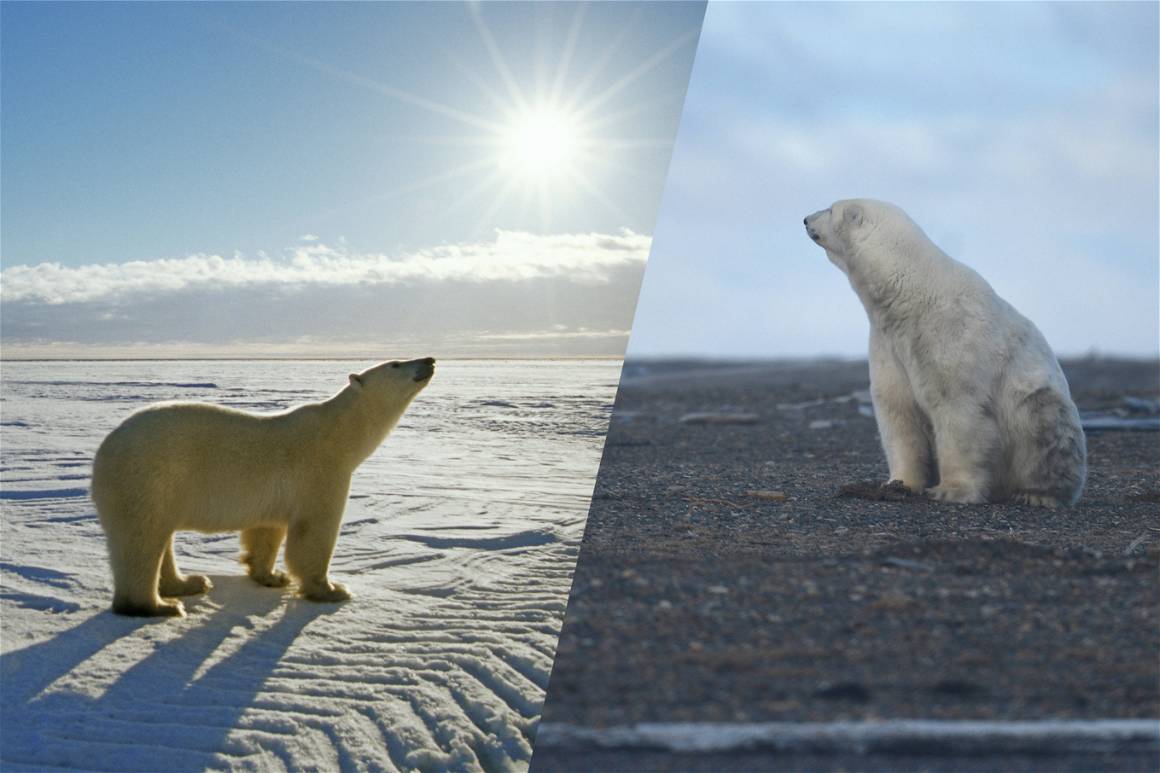
Polar bears, iconic animals of the Arctic region, are being dramatically affected by climate change. The melting of sea ice is disrupting the bears’ natural habitat and food sources, forcing them to travel farther and work harder to find food. This puts additional stress on already vulnerable populations and has dire consequences for their long-term survival.
Climate change is causing Arctic sea ice to melt at an alarming rate, making it difficult for polar bears to hunt their primary prey, seals. The bears rely on the sea ice as a platform to hunt, rest, and travel. Without it, they must swim longer distances to reach their hunting grounds and are forced to expend more energy, leading to exhaustion and death. As the ice continues to disappear, polar bears face a future of struggling to find food and surviving on increasingly scarce resources.
The Sau Reservoir, Spain

The Sau reservoir, near Barcelona in Spain, is at risk of drying out completely due to prolonged droughts in the North-Eastern parts of Spain. The artificial reservoir has been supplying water to the city and other towns of Northern Catalonia, but the water level has dropped to such a low level that it is on the verge of being contaminated by silt. The regional authorities have started efforts to relocate the remaining lake wildlife and body of water further downstream to another reservoir.
